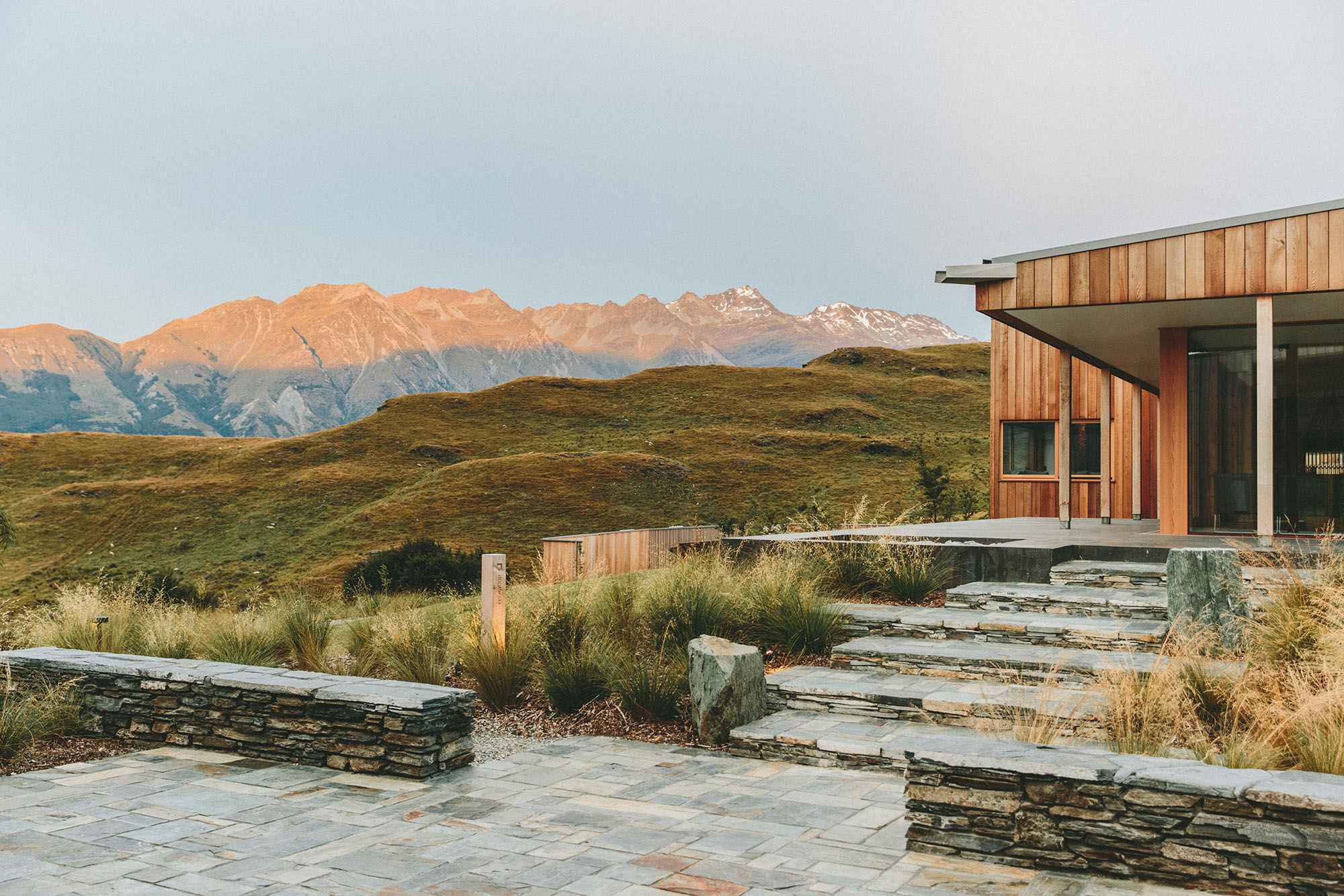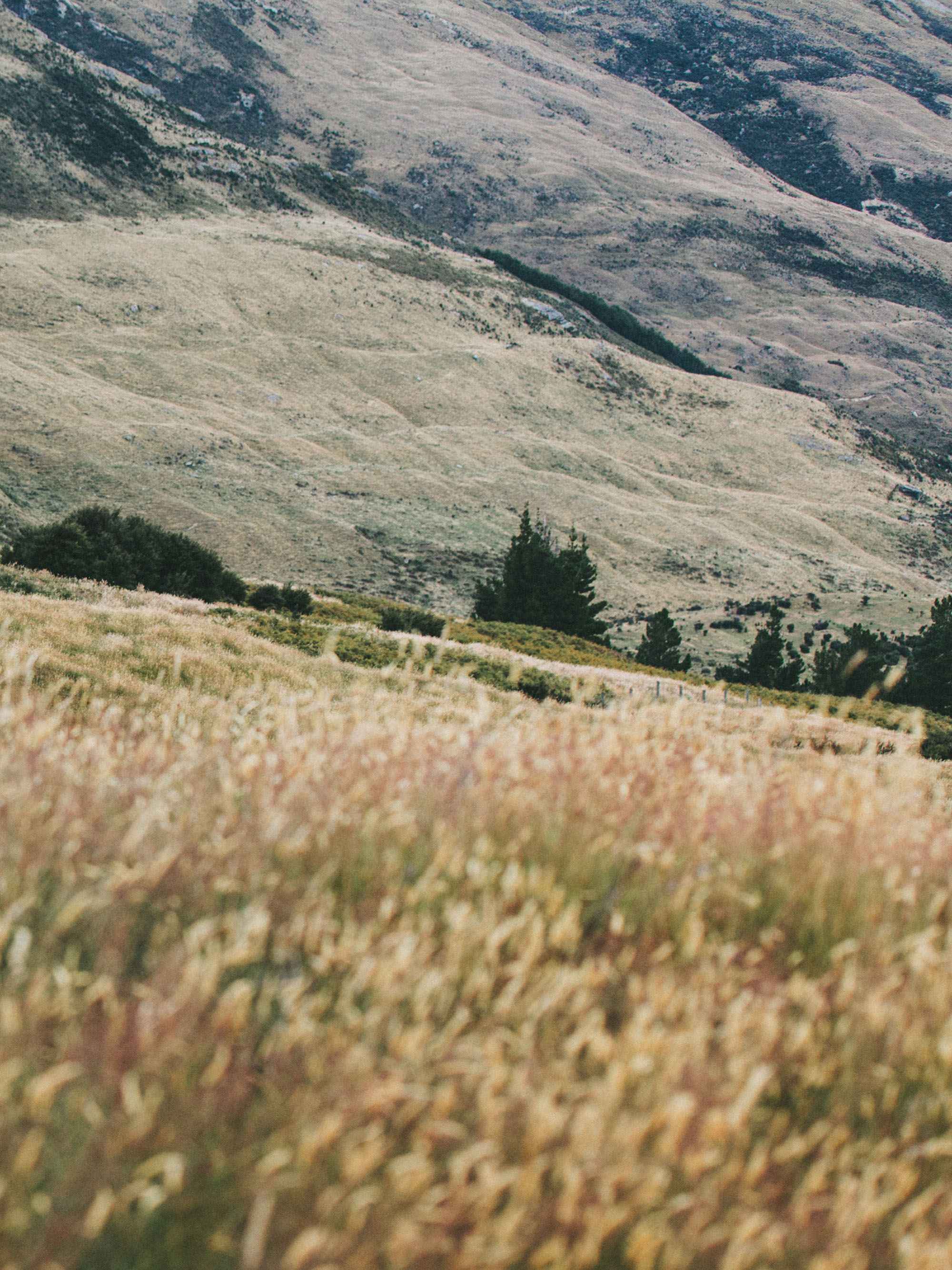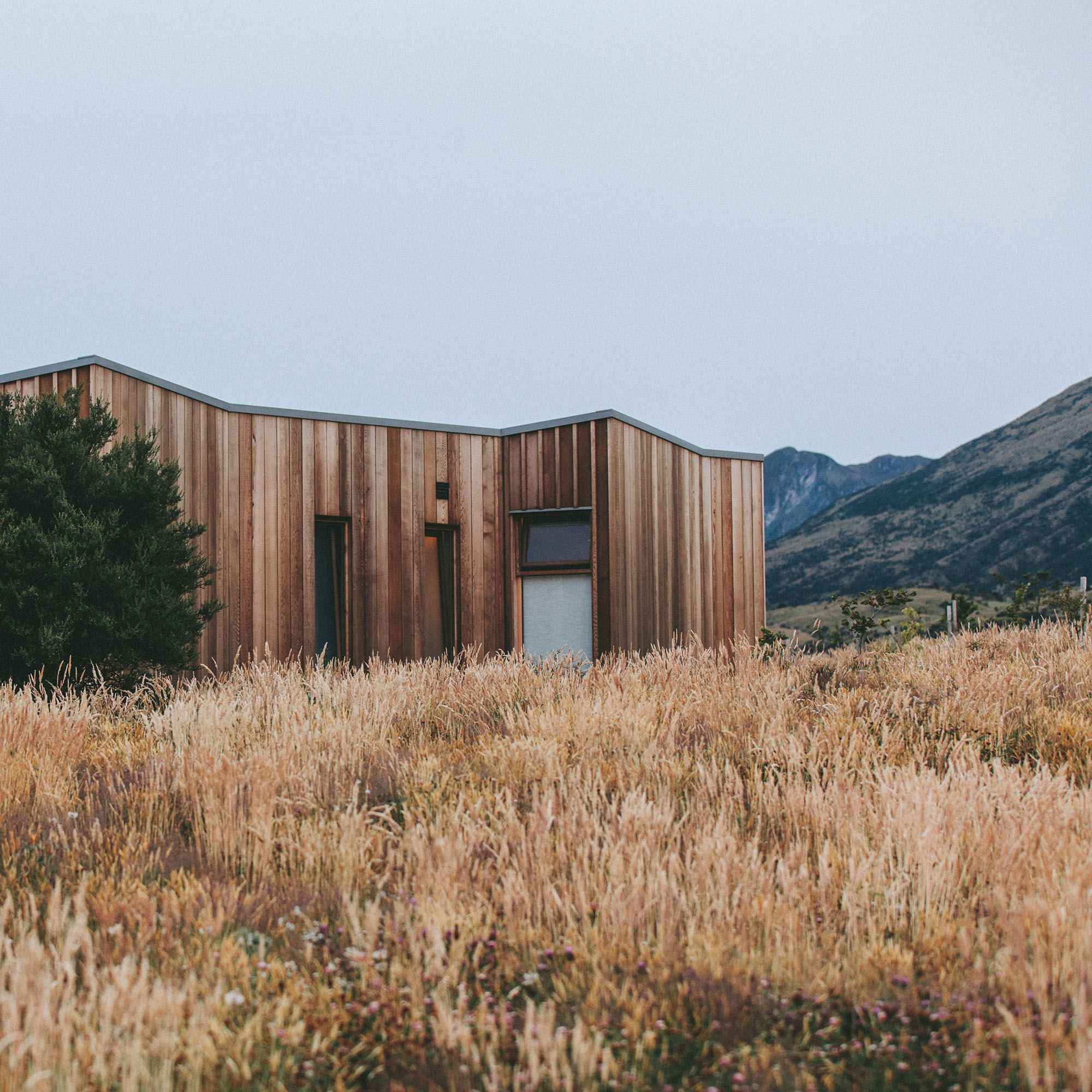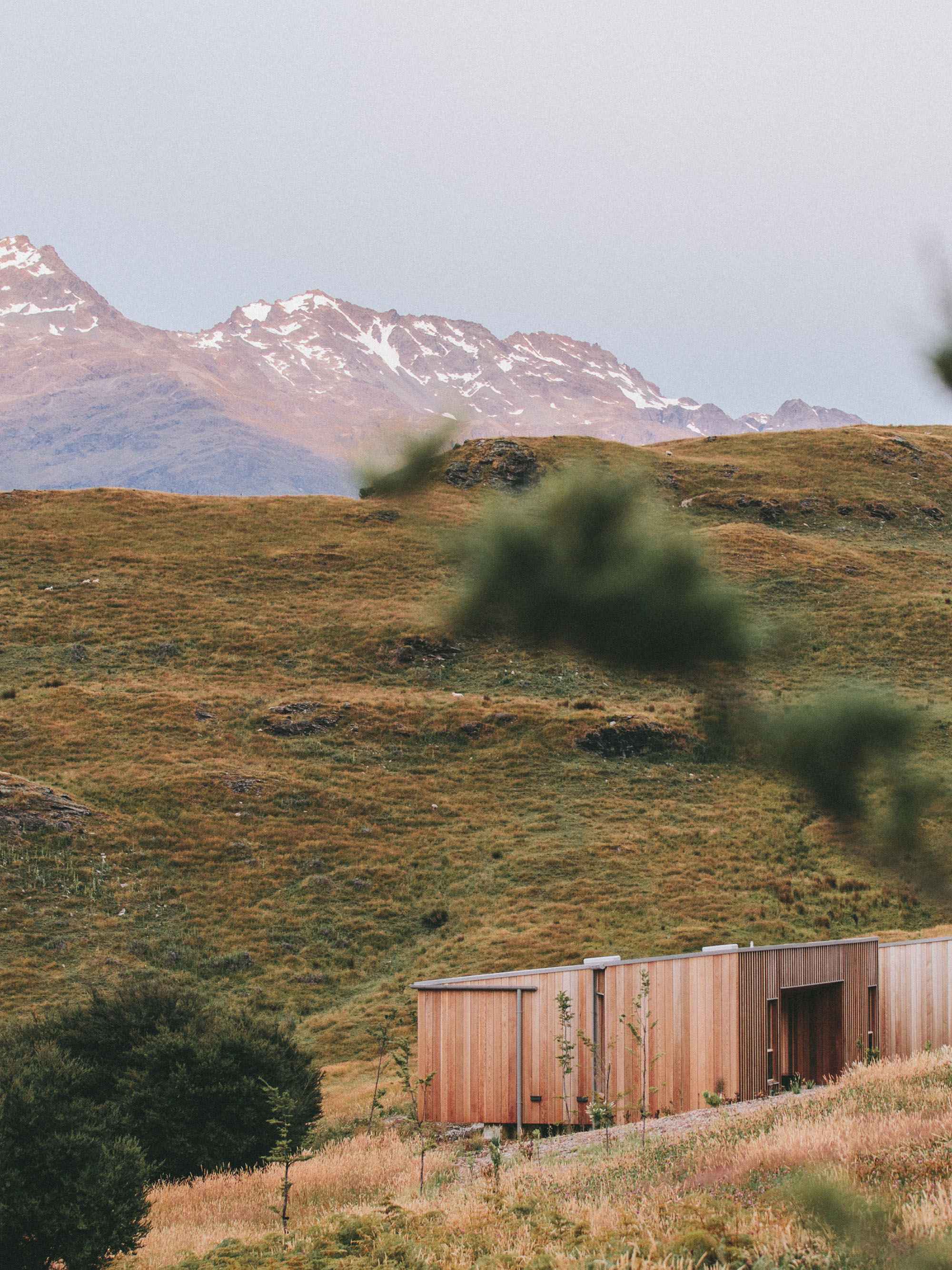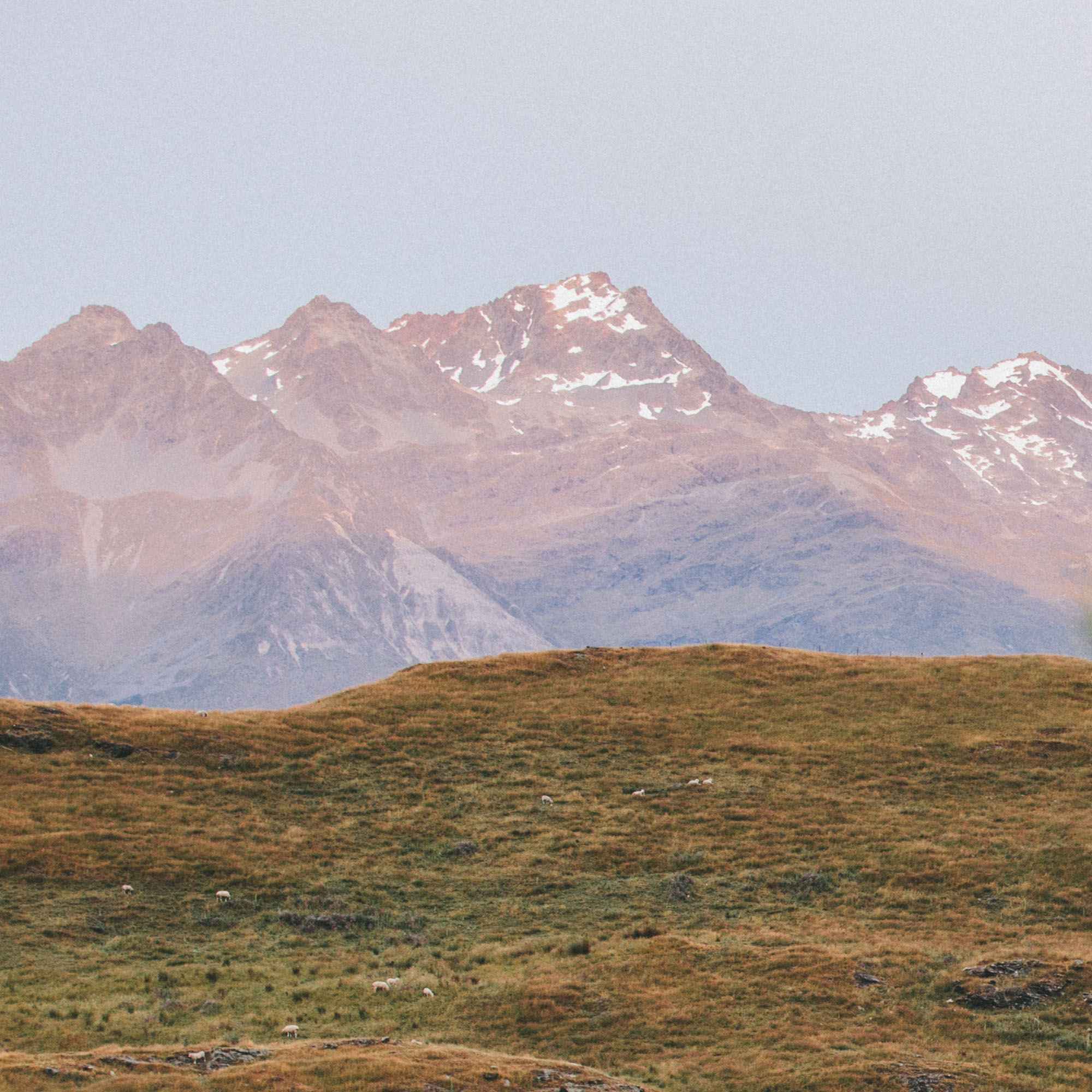TALLER GABRIELA CARRILLO + C733
Gabriela Carrillo
Gabriela Carrillo started her eponymous Studio in 2019, as a collaborative and interdisciplinary space for architectural work. She is a co-founder of the C733 collective, dedicated to developing public projects in Mexico. Gabriela started her architecture career young with the UNAM (Universidad Nacional Autónoma de México) program. Gabriela shares with us her insights on competition strategies, breaking the limit of the design process, trusting each person’s leadership and talent in a team, and more.
“You can survive because this, because you know people. And those alliances are created because of empathy, because of confidence, and because of gratitude and love. ”
How did you find your first projects?
I started to work very early in my career. I started in third semester in a special program that the UNAM (Universidad Nacional Autónoma de México), the Faculty of Architecture, where they hire the university and then you develop real projects, but they are meant to be done with students and professors. In that space, I met a lot of amazing people, and amongst them was one of the leaders of Mauricio’s (Rocha) Studio. So he invited me to work with Mauricio. I started to work with him when I was 23 years old, so I was really young. I started as a very young architect, a design architect, and then I worked for his office for ten years and then we became partners and we were partners for nine years. And in architecture, it is something very personal, something that it's from us. It is not that you should be the same, or that you should think similar, but that you are on the same path of pursuing the same things. And if you're on that, you think, “Wow, perfect, let's go.” And that's what happened with me, with Mauricio for 19 years. And when we found out we were not on the same path—It's not that we don't love each other. We should get separated.
How did you find your first projects?
We had a very important competition. It was, I think, the point of inflection where things change, from my eyes at least. They invited four very important competitors, which were Shigeru Ban, Smiljan Radic, Snøhetta and Diller Scofidio + Renfro, and us, imagine! And we were like kids, you know, like considering these big monsters. And it was up for a museum, a sustainable museum in Guadalajara. What happened is when I saw the presentation of Snøhetta, I was just thinking, this guy is a liar, you know? I was thinking—this guy - is - he's - those are not the amount of square meters that were asked for. And he's a liar because he had changed, he had avoided these rules and he had ignored these things. And I was thinking and thinking. But of course, his presentation was magnificent, you know, like he was seducing the jury, and he was telling us all that his project was, why the best. And it was. But somehow with tricky ways, you see, and not solving everything and maybe not lying, but not saying everything, and then I said, that's the way you need to do a competition. And then we started to win competitions.
Deportivo Helios - Image by Dirección de Comunicación Social de la SEDATU
How has that changed today, how do you find your projects?
Now, of course, it's a bit different. I mean, I have my own studio. I had been invited to develop very interesting competitions. I love to do competitions. I got invitations for other clients with whom I had worked previously, but a lot of people is in contact with me through Instagram or to my web page asking, “We want to know more,” “We want to work with you.”
Why did you choose to work in Mexico City? What was the local economy for real estate and architecture like when you started?
You see, in Mexico is very difficult to have a design office, especially the ones of our scale. Very difficult! Not because we don't have projects and not because they are not amazing projects and not because we choose to have public and private projects and the public projects are not paying. They pay very small fees, never on time. No one pays on time, not even the private ones. So you're always struggling with a schedule and a calendar that never happens and you need to pay the people every month. So one of my challenges to be alive is that you need to be sustainable and that sustainability has to do with having big teammates which have already their structures. So you don't have to have a structure this size. You have to have a structure this size. But other teams with their own structure, that could be part of your team somehow. So you start to create alliances. And I think that is a system and that is really sustainable. So you don’t need to have the budget to survive. You can survive because this, because you know people and those alliances are created because of empathy, because of confidence, and because of gratitude and love. That's it.
“we need to move and to be intelligent like a jazz session to be moving and taking decisions.”
You are also part of the Colectivo C733? How do you choose which projects to design together or not and how this influences the way you design differently?
The scope was to develop a competition in two weeks, a project in three months, a construction built in three months in a very vulnerable site with a very reduced budget and something that could be replicated in all the country. How are we going to guarantee we can build this in three months? Well, with someone who knows how to build, who knows how to calculate structures at the same time you're designing. We don't have the time to finish this and then send it to the structural guy and come back. We need to do it at the same time, we broke the limits of what you usually do in the process, which is: design - structure - MEP - come back - design - structure - MEP - come back. And in this case, we grab all of them at the same time. If you see our first render, it's the work we built. We talk about the Colectivo (C733), the Colectivo is one project, even though we have 35-50 projects inside, it's the same strategy because it's a strategy we needed to develop for this kind of scope, for this government, for these conditions, for this time and for these budgets
Which design methods have you refined over the years to structure the work in your practice?
Now what I do is I think a lot. I grab many and a lot of information from everywhere and everywhere means the site, means talking to people, means reading books, not only seeing images, reading plans, meeting and discussing scenarios and grabbing those images. And once I had all that and once I had my drawings, like in greyscale and I have drawn the site, just the site many times, like the topographical curves or the trees, and just start tracing. But already with that information in my mind, the process is the same, just with more patience.
Which are processes you proud of?
I work in these two scales, which is the tabloid format. So, I usually have a plan printed in scale. In parallel, I usually work with this stuff, which is like sketches, which once I'm doing this, I need to do this. So this is not to scale or in this is kind of to scale, it is the same project. And then I do a more perfect drawing that I'll send to the rendering guy for him to do it.
How do you choose which projects to design together or not and how this influences the way you design differently?
I think in the Colectivo (C733) we work that same way, you know? For example, I keep working this way. I usually have this plan and these sketches and Jose's very quick and Jose's like, we're having a meeting and he’s just like quick—picture, picture, picture. He's so quick. Carlos is like the perfection, you see, like, drawings like that. He's very silent, he's always thinking. Israel is like the leader of the team. We say he's like La Cancha. He's like moving and he knows the people. And Eric is a master because he, I think is a one that thinks completely different from us. And he also, of course, he's always leading with the engineers. He has a big team about costs. So he arrives and said, sorry, we're overbudget, we need to cut, we need to re-design this, we need to. And that's an important voice. I am good with clients, I can sell things, I can seduce people to do things.
How have you redefined your professional role in relationship to leaving Mauricio Rocha and setting up your own structure?
When you work in an office like the one we had, Mauricio (Rocha) and I like, it's amazing. Every small detail is in a render with five different choices. So the control freakiness is huge. In public works, that's impossible because even though we want to be over all the decisions, then onsite we don't have a voice. The construction guy decides some changes, things, whatever he wants, we need to move and to be intelligent like a jazz session to be moving and taking decisions. That is a big difference in terms of process.
Besides you, how many people are working with you today? Who are the other main people in your organization today and how did you find them?
So Fernando is amazing. He was my student, then, he was my practitioner in Rocha-Carrillo. Then he went to do a master in Paris. Then he came back. Now he's of course, a leader. I had seen him grow and a lot of the people working with me were students. But a lot have gone too far and come back. Now I have Joyce, Joyce is an operation, system, lovely girl that knows every step. So if you say, can she do that now, no we need to deliver these on Monday, that on Saturday we need to charge this, we need to do these, this guy needs to pay. And Sofia is the one in charge of the money. She has all my bank accounts. I don't care about money. So she's in charge of that.
Mercado Guadalupe - Photo by Zaickz
“ I tried to stop racing or being surrounded by dwarfs, but with leaders: leaders with different abilities and a leadership where everyone recognizes that diversity.”
Which character traits do you look for the most in in the people you work with and hire, reliability, talent…?
The whole connection is attitude. And attitude is something that you can't buy. Maybe you can develop it, but it's very difficult. But I think it has to do with spirit. So, for me is not to have the most brilliant and talented architects, which they are, but is to have like the greatest team that can create community and that can work and understand the abilities and the weaknesses of us and really can match an agenda where community works.
Which personal qualities have helped you get to where you are today? How did you develop them?
At some point in Rochas-Carrillo we were 50 people and I was in direction of that because Mauricio was always like flying and traveling and flying in his mind. And he said to me, you’re a good leader, but your biggest problem is that your leadership is like Blanca Nieves. It is, this character of Disney, it is the Snow White. And it's because you're lovely, you rule, you’re efficient, you multi-task, but you have dwarfs. And that was a very important comment for me because I started to find out that I wanted to control everything, you know? And in the case of Mauricio, if he's a control freak of design, I needed to control everything. I started to change, and I found out that people have talents and that have abilities that maybe I won't have and that I need to feel confident about these people. I tried to stop racing or being surrounded by dwarfs, but with leaders, leaders with different abilities, and a leadership where everyone recognizes that diversity.
Stone House - Photos by Rafael Gamo
“It’s always this idea of working with senses, aromas, things that you can touch, things that you can feel, the manipulation of light, shadow, basic things, wind, like having the common sense to understand the site. ”
Which books, artworks, buildings... have influenced your perception?
It’s a bunch of things that happen—so it starts maybe from a conversation or with me traveling to a place, having a beautiful dinner discussing with amazing people, with other way of thinking; my kid, I think it's the biggest in my whole life; dealing with a bunch of clients that doesn't see.
What kinds of experiences would you like people to have in your projects?
One thing that has challenged me a lot since I did the Blind Library is that I decided I didn't want to work anymore just for the eyes. And that has challenged all my projects: the judicial courts or the resorts or the public projects. It's always this idea of working with senses, aromas, things that you can touch, things that you can feel, the manipulation of light, shadow, basic things, wind, like having like the common sense to understand the site. And I feel every time I'm more excited about working with interdisciplinary teams, we start, let us say, the Ecoparque in Bacalar we call the best and the main expert in Bacalar because we don't want to do anything in Bacalar. We don't want to do architecture. We want to hear the expert to let us know which are the problems, which are the risks. So that is the thing that has to do with being more patient and observing more but listening more as well. I think that architecture is changing its own values as it has happened historically.
Mercato Matamoros - Image by Rafael Gamo










